
Creator https://t.co/tkMeKAl8TI & https://t.co/o9PKJGdIvI | Author "Software Architecture for Developers" | Software architecture and diagramming workshops worldwide.
How to get URL link on X (Twitter) App



https://twitter.com/nikolaschou/status/15730428564782571521. The 1st level concept should be renamed from context to system.
https://twitter.com/stuntpants/status/1494330832915370002First up, understand the context. Is this an organisation that doesn't have a good understanding of software development practices? As an example, I've seen a bunch of teams that essentially have scientists or electrical engineers writing code, which isn't their primary skillset.
https://twitter.com/structurizr/status/14282665137907998761. The workspace editor was only recommended for "small models" ... I've seen people using it for hundreds of elements/relationships, and the UI doesn't work well.

https://twitter.com/markrichardssa/status/1393021037365940225(2) Partitioning the diagram to focus on a single service plus its afferent/efferent couplings is also possible. For example, rather than this:


 That DSL fragment describes a number of people and software systems, plus the relationships between them. It doesn't specify any diagrams though. But, using some conventions (for example, "if no diagrams are defined"), we could create them automatically.
That DSL fragment describes a number of people and software systems, plus the relationships between them. It doesn't specify any diagrams though. But, using some conventions (for example, "if no diagrams are defined"), we could create them automatically.
https://twitter.com/voidmaindev/status/1252926985707368451I've run a number of workshops where I've asked teams to draw software architecture diagrams of their own software. In many cases, you get the typical layered architecture, with all of the arrows pointing downwards (a strictly layered architecture).

https://twitter.com/ntcoding/status/1252700233194254336?s=20Ever tried to automatically create a diagram from code? It doesn't work well, because the tooling is essentially just reflecting what it sees in the code.
https://twitter.com/simonbrown/status/1251431107049947137First up ... @adrianco created some tooling a while back, which provides an interactive visualisation -> github.com/adrianco/spigo
https://twitter.com/BBCNews/status/1091497750619934721I will happily speak at a public meetup for free if I’m already in the area. Asking me to undertake an unpaid 2-3 day roundtrip to do a free private hour long talk for your staff is pretty offensive though.
https://twitter.com/infoq/status/1086627165154754561e.g. “why is the ABC Financial System communicating with the Analytics system?”
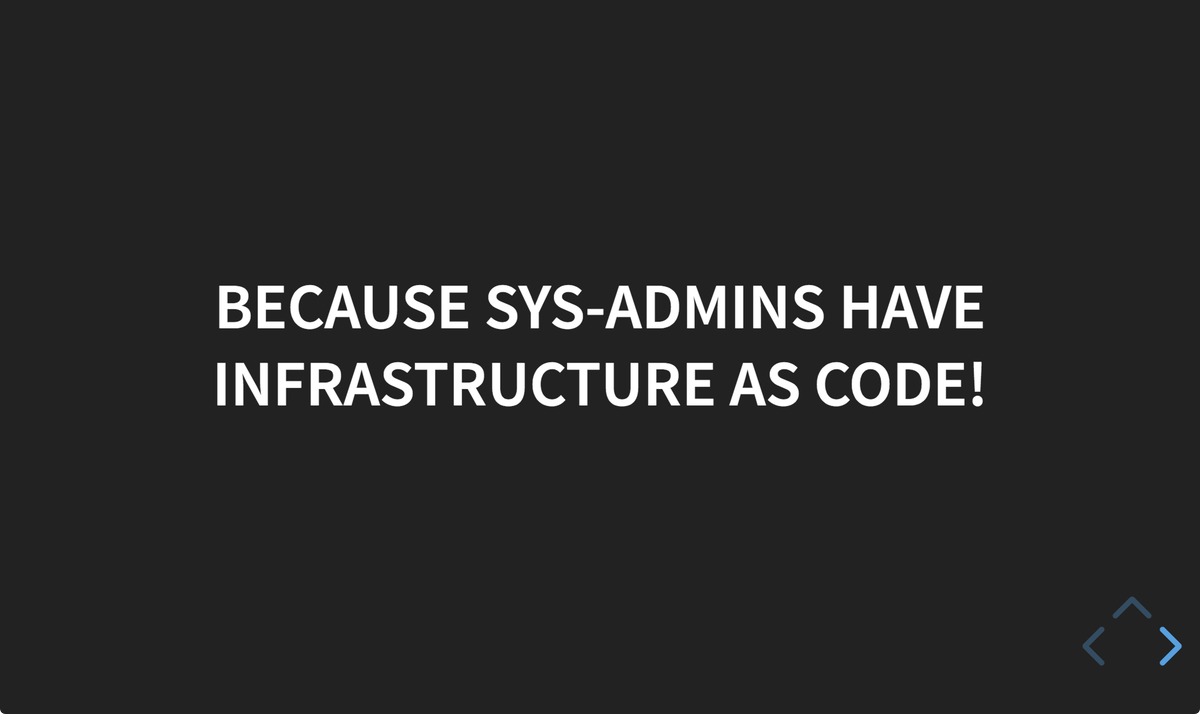
 I've been teaching the C4 model (infoq.com/articles/C4-ar…) for years, and I get asked the same question at the end of every workshop, "what tooling do you recommend?". Up until a few years ago, my stock answer was, "it's all just boxes and lines, so just use Visio". 😳😄
I've been teaching the C4 model (infoq.com/articles/C4-ar…) for years, and I get asked the same question at the end of every workshop, "what tooling do you recommend?". Up until a few years ago, my stock answer was, "it's all just boxes and lines, so just use Visio". 😳😄
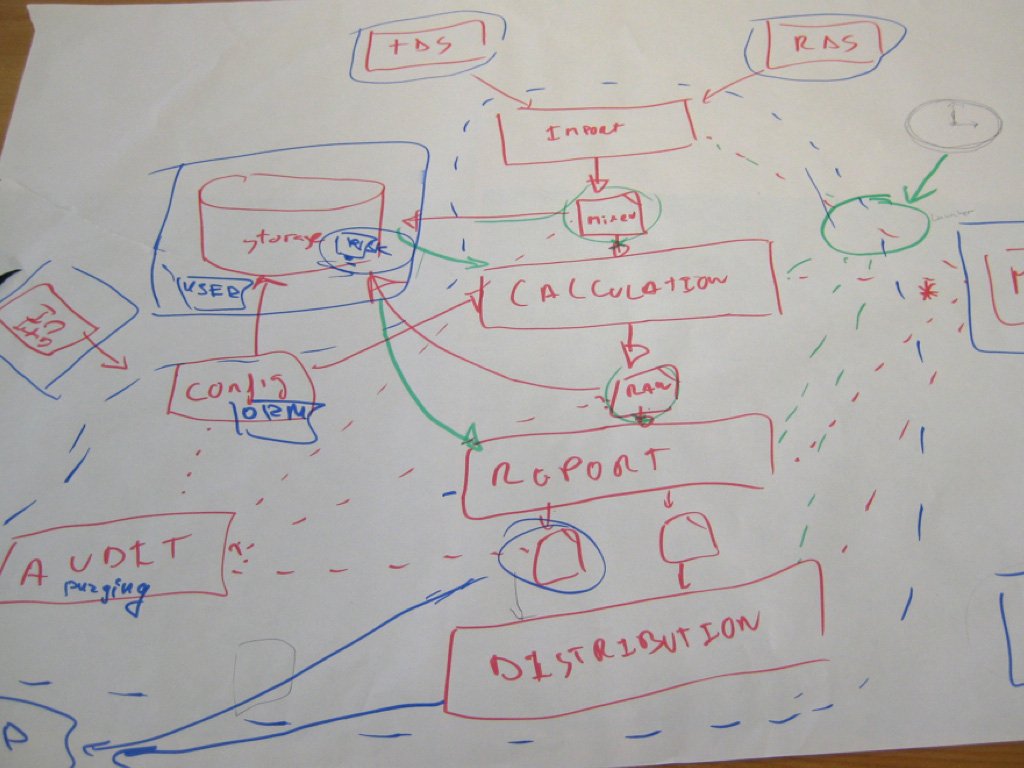

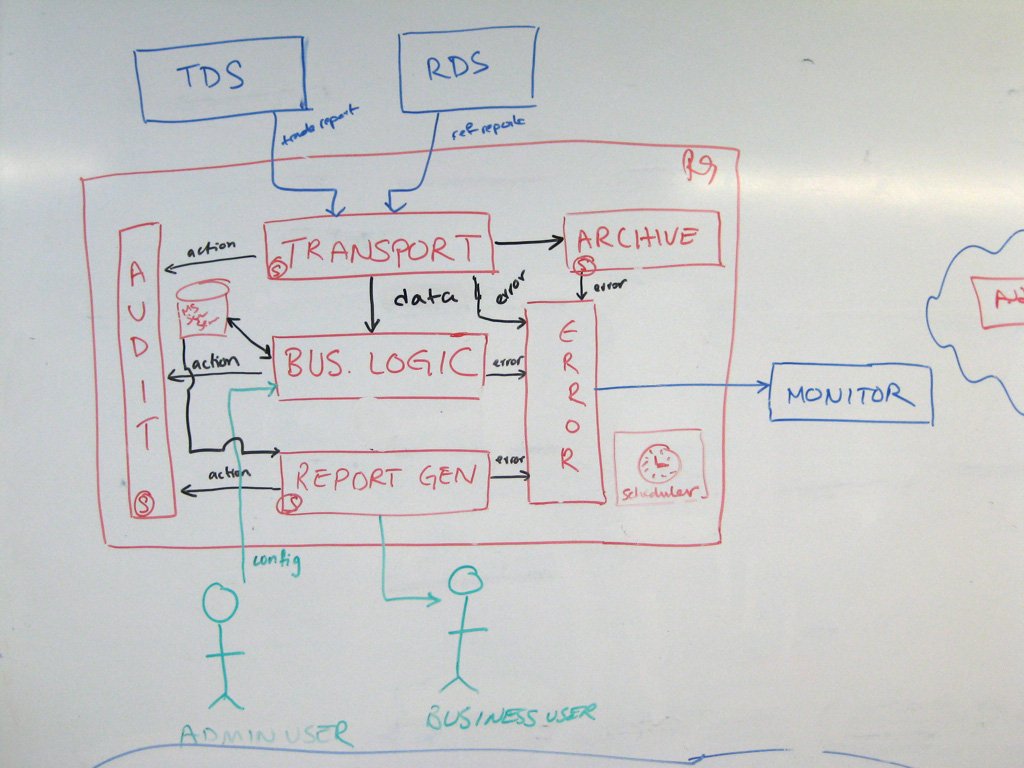
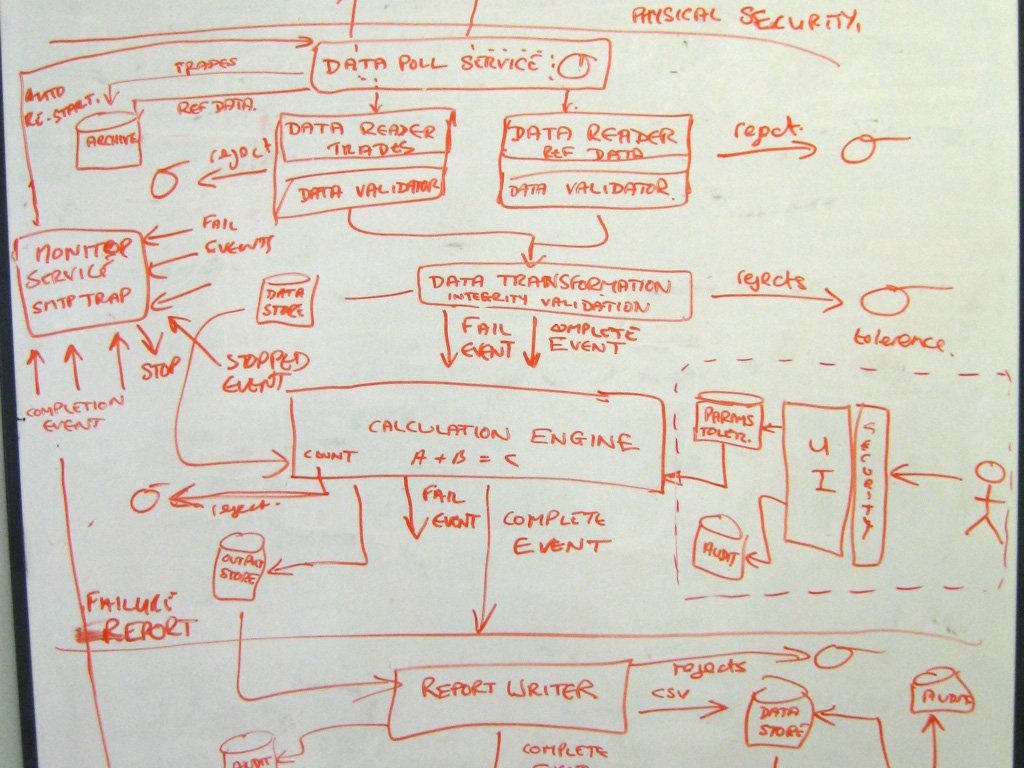
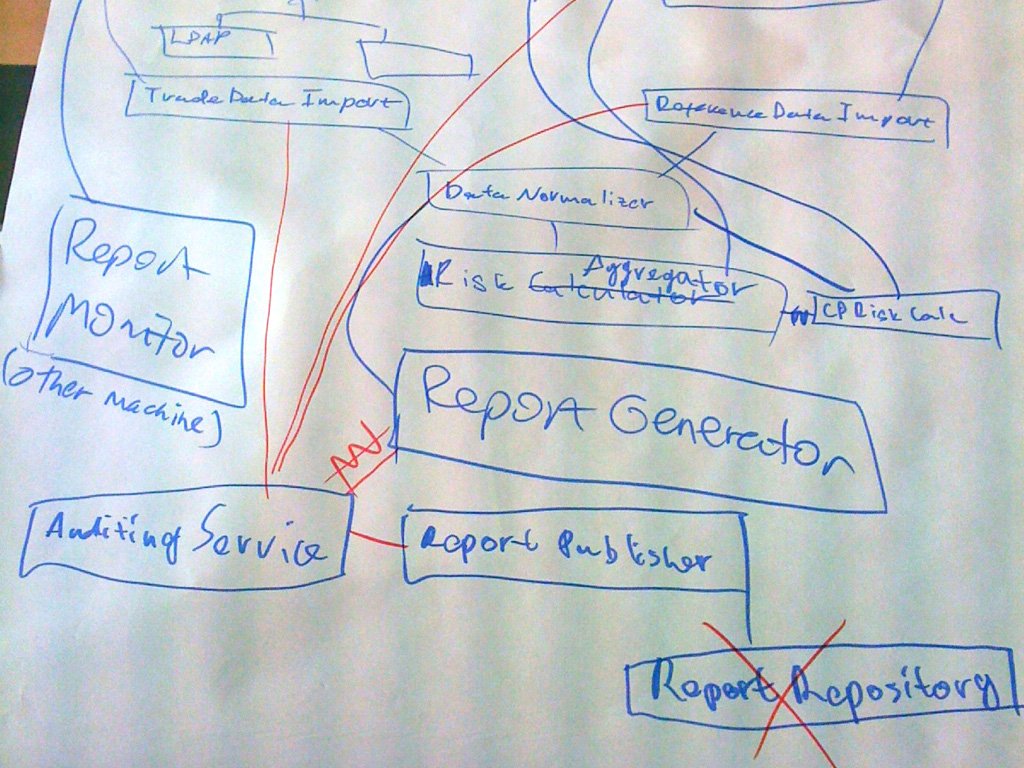 "C4" stands for Context, Containers, Components and Code ... a set of hierarchical diagrams that you can use to describe your software architecture at different zoom levels, each useful for different audiences. Think of it as Google Maps for your code.
"C4" stands for Context, Containers, Components and Code ... a set of hierarchical diagrams that you can use to describe your software architecture at different zoom levels, each useful for different audiences. Think of it as Google Maps for your code. 